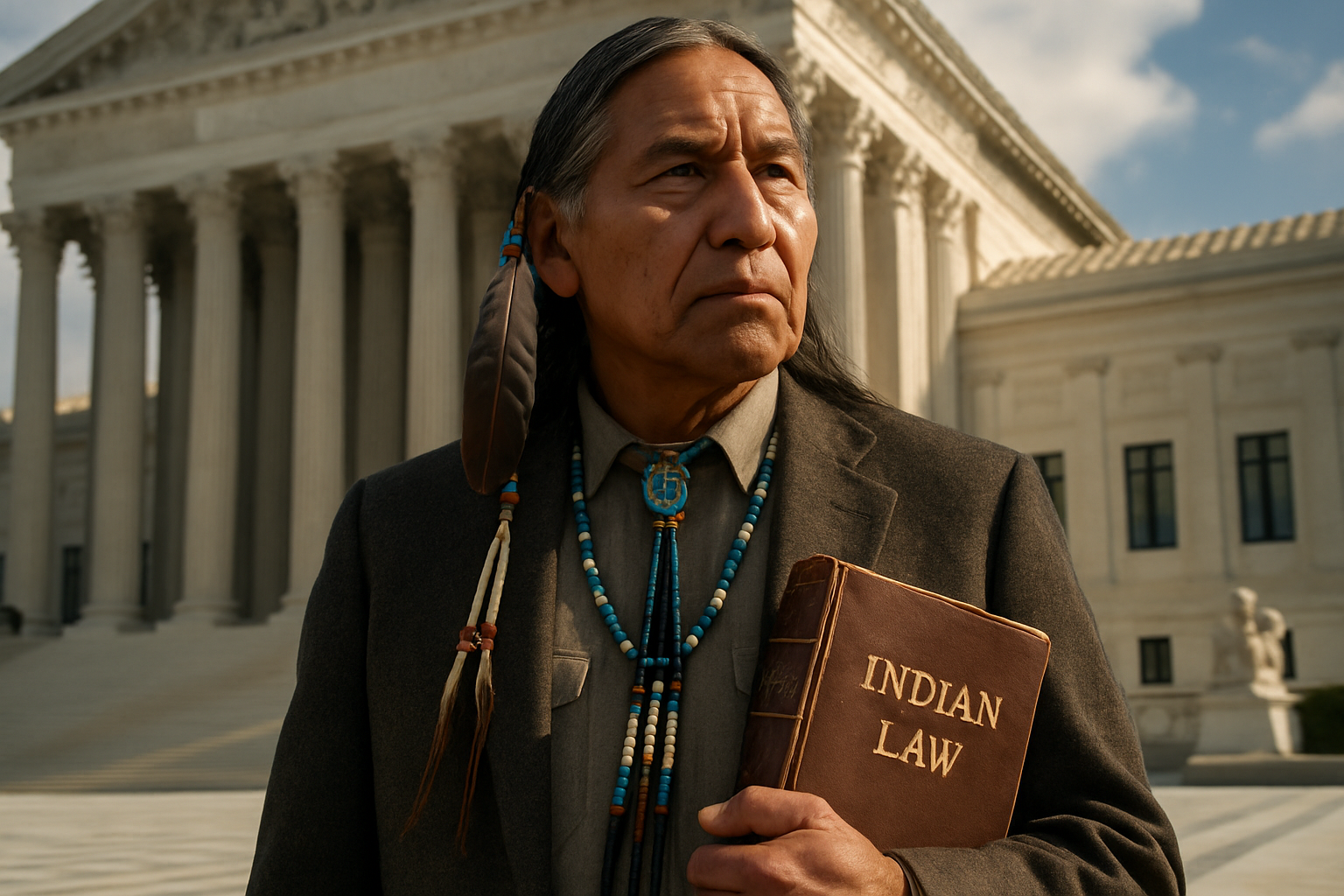Tribal Sovereignty and State Jurisdiction: A Complex Legal Tapestry
Introduction: The intricate relationship between tribal sovereignty and state jurisdiction in the United States presents a fascinating legal landscape. This article delves into the nuanced interplay of federal, state, and tribal laws, exploring recent developments and ongoing challenges in this complex area of jurisprudence.

Initially, the relationship between tribes and the federal government was characterized by a trust responsibility, with the latter acting as a protector of tribal interests. However, this dynamic has evolved significantly over time, influenced by changing political climates and shifting societal attitudes towards Native American rights and autonomy.
The Marshall Trilogy and Its Lasting Impact
The foundation of modern tribal sovereignty doctrine can be traced to three landmark Supreme Court cases known as the Marshall Trilogy. Decided in the early 19th century under Chief Justice John Marshall, these cases - Johnson v. M’Intosh (1823), Cherokee Nation v. Georgia (1831), and Worcester v. Georgia (1832) - established key principles that continue to shape tribal-state-federal relations today.
These decisions affirmed tribal nations as distinct political entities with inherent sovereign powers, while also recognizing limitations on tribal authority. The Marshall Trilogy introduced the concept of tribes as domestic dependent nations, subject to federal authority but retaining significant autonomy in internal affairs.
Public Law 280 and Its Consequences
A significant shift in the balance between tribal and state jurisdiction occurred with the passage of Public Law 280 in 1953. This federal statute granted six states (California, Minnesota, Nebraska, Oregon, Wisconsin, and Alaska upon statehood) broad criminal and civil jurisdiction over matters involving Native Americans on tribal lands.
Public Law 280 represented a departure from the historical federal-tribal relationship, introducing state authority into areas previously governed by tribal or federal law. This change has led to numerous jurisdictional conflicts and debates over the extent of state power within tribal territories.
Modern Challenges and Evolving Jurisprudence
Recent years have seen a resurgence of tribal sovereignty assertions and legal challenges to state jurisdiction. One notable example is the 2020 Supreme Court decision in McGirt v. Oklahoma, which reaffirmed the reservation status of much of eastern Oklahoma for the Muscogee (Creek) Nation. This ruling has far-reaching implications for criminal jurisdiction and tribal governance in the region.
Another area of ongoing legal tension involves civil regulatory authority, particularly in matters such as taxation and environmental regulation. Cases like California v. Cabazon Band of Mission Indians (1987) have grappled with the limits of state authority to regulate activities on tribal lands, often resulting in complex balancing tests to determine jurisdiction.
Cross-Deputization Agreements and Collaborative Solutions
In response to jurisdictional challenges, many tribes and states have turned to cross-deputization agreements as a practical solution. These arrangements allow tribal and state law enforcement officers to exercise authority across jurisdictional boundaries, enhancing public safety and reducing conflicts.
Cross-deputization agreements represent a cooperative approach to law enforcement in Indian Country, recognizing the practical realities of overlapping jurisdictions. While not without challenges, these agreements have proven effective in many areas, fostering improved relationships between tribal and state authorities.
The Future of Tribal-State Relations
As tribal nations continue to assert their sovereignty and expand their governmental capacities, the legal landscape of tribal-state relations is likely to evolve further. Emerging issues such as environmental protection, natural resource management, and economic development on tribal lands will likely test the boundaries of jurisdiction and sovereignty in new ways.
The ongoing dialogue between tribal, state, and federal authorities presents opportunities for innovative approaches to shared governance and dispute resolution. As this area of law continues to develop, it will be crucial to balance respect for tribal sovereignty with the practical needs of effective governance and law enforcement across jurisdictional lines.
In conclusion, the complex interplay between tribal sovereignty and state jurisdiction remains a dynamic and evolving area of American law. As courts, legislatures, and governments at all levels grapple with these issues, the legal tapestry of tribal-state relations continues to be woven, reflecting the unique history and ongoing challenges of Native American governance in the United States.





